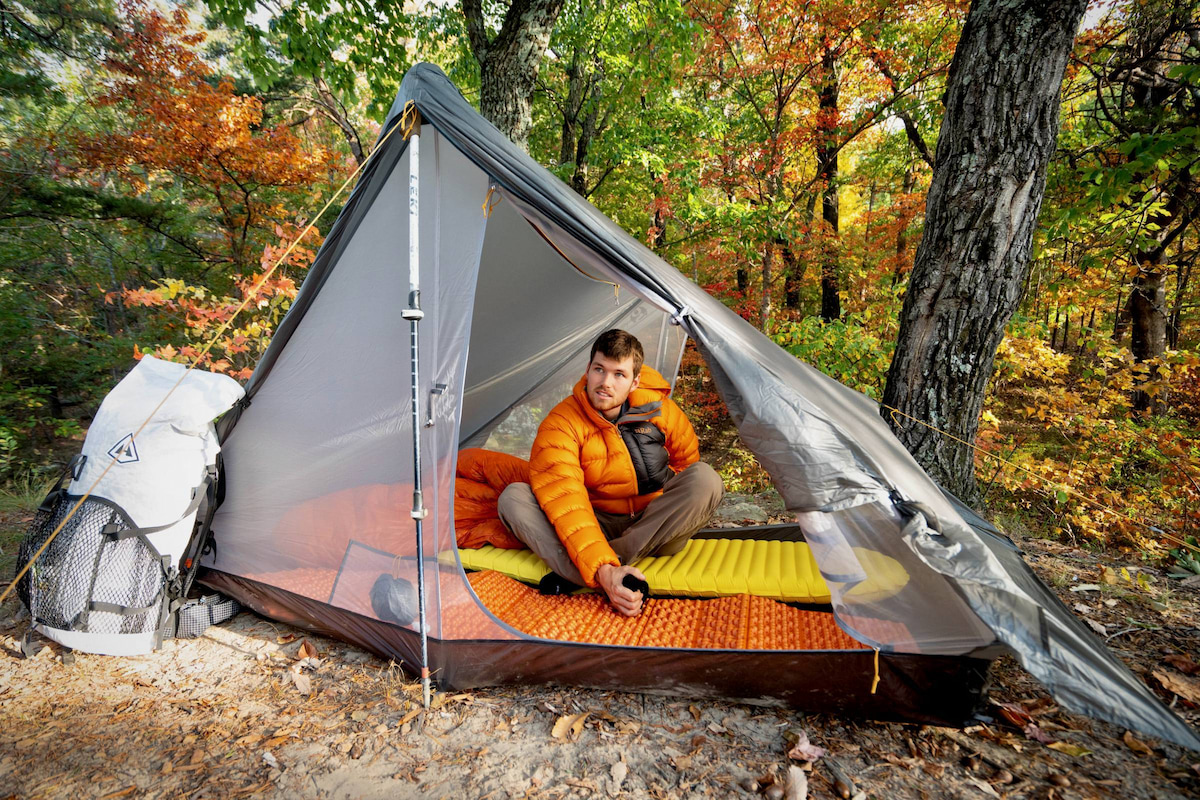Life can sometimes be so stressful and overwhelming, right? With all the deadlines and due dates, heavy-duty workloads and loads of other professional as well as personal responsibilities, you just can’t catch a break. You could really use an escape from reality right now. Away from all the hubbub and noise of the big city. Doesn’t camping sound like the perfect solution to that? It’s a great way to escape your regular daily schedule and spend some time in the great outdoors, enjoying the fresh air.
The main takeaway here is that you don’t have to be an avid fan of nature to enjoy a good hike. But what you do need are some essential hiking items to make the most out of your experience in the wilderness. The most important piece of equipment is probably a hiking tent Australia outdoor enthusiasts can’t do without. You just can’t go camping without a tent. It’s like the golden rule. Fortunately, there’s a great deal of variety out there on the market. A whole bunch of shapes, sizes and designs just waiting for you to choose from. It can be a little tricky but I’m here to steer you on the right path.
What Are the Different Types of Tents?
Quite expectedly, there are quite a few different tents out there made specifically to suit people’s different tastes and preferences. Here’s a quick breakdown of the most common types of hiking tents available.
Dome Tent
This is probably the most common type of tent. It consists of two long flexible poles that form the arch at the top and you end up with four corners on each side. This round design is especially great for rain and snow because they won’t collect on the roof of your tent during more extreme weather conditions. However, it might feel a little unstable if there are strong winds, especially if you get one in a larger size. It’s usually meant to accommodate up to four people. Anything above that can be somewhat risky.
On the bright side, dome tents are pretty lightweight and fairly inexpensive. They’re also pretty compact and easy to store once you’re ready to pack everything up. This is what makes them an ideal choice for many campers.
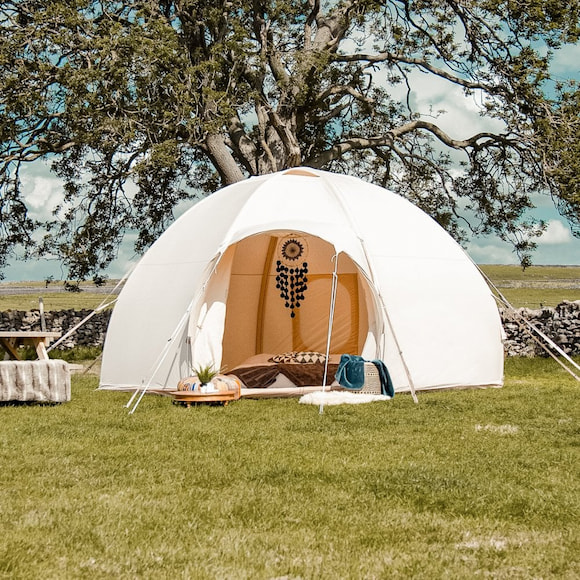
Ridge Tent
This one is also known as an A-frame tent because its appearance closely resembles the letter A. Unlike dome tents, the roof here has a pointed edge with angled sides. However, this one is also a good option for dealing with rain and light snow because neither will pool at the top. In addition, it’s a lot sturdier and more resilient to winds than other models, as long as it’s put up properly.
Unfortunately, its ridged design means that there’s less headroom which might cause discomfort and be off-putting. Another downside is that ridge tents can be quite heavy to carry and not a lot of people appreciate that extra weight.
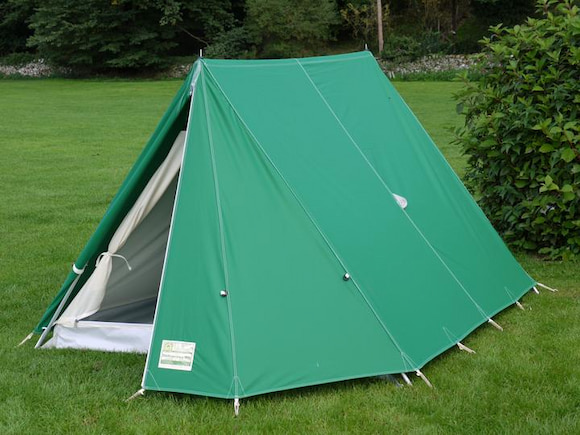
Pyramid Tent
You guessed it – this one’s shaped like a pyramid. The foundation lays in the central pole that supports the rest of the tent. If pitched well, it can be quite stable in bad weather. Moreover, it is pretty easy to carry and store due to its size.
On the other hand, because of its design, it has little room for storage and it doesn’t bode well as a living space. This means that it’s not really suitable for larger groups of people since it’ll feel crowded and cramped.
Tunnel Tent
This one is very spacious and can easily accommodate larger groups of people. It’s shaped like a tunnel, hence the name, which means there’s plenty of room for everyone to get settled in comfortably.
The downside is that because of its size, it can be a little hard to manage and set up. But if you’re willing to go through a somewhat more difficult pitching process, you’ll be able to enjoy your leisure time in fabulous fashion.
At the end of the day, whichever tent you choose, you’re bound to have a pleasant outdoor experience. You don’t even have to leave your home to get one, most manufacturers can ship a hiking tent Australia wide.
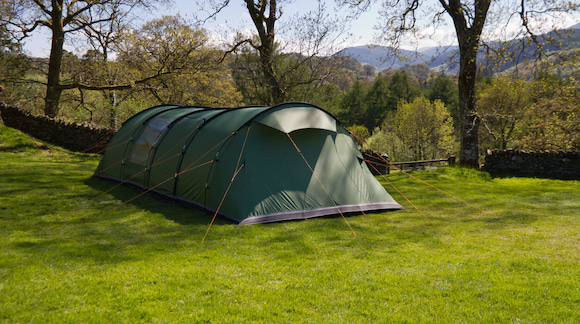
Key Considerations When Picking a Tent
You’re familiar with the main types of hiking tents, now let’s have a look at a few key factors to keep in mind.
Size And Weight
You need to take into account how many people you’re planning on going camping with so that you get the right size. Bear in mind that those people will probably bring their own supplies, so you’ll need some room for that as well. Basically, the bigger the tent, the heavier it will be to carry. So it’s up to you to decide how much of a hassle you want to go through. When you’re backpacking for longer periods of time, it’s probably not a good idea to carry a lot of weight around, since it can put a strain on your back.
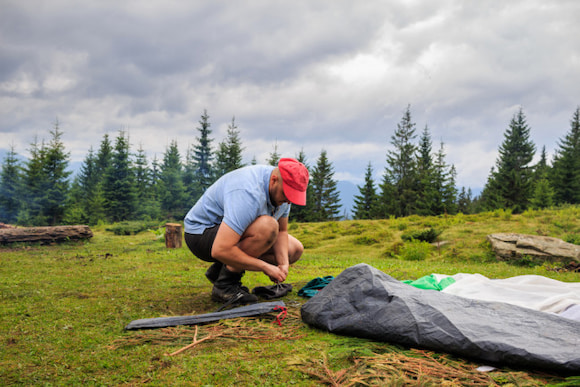
Ventilation And Breathability
There’s definitely going to be a build-up of moisture once everyone’s inside. But if your tent has mesh windows or adjustable vents, you can easily control the airflow and prevent condensation. So make sure you check if the hiking tent you’re looking at has these useful features, as they’re important for keeping fresh air moving in and out of the tent at all times.
